Why Shiva Smears Ash on His Body
Why does one of the most revered deities in Sanatan Dharma choose to cover His divine form in ash? What deeper truth lies in this stark and haunting image, where the body itself becomes a canvas for what remains after everything is burned?
Among the countless forms of the Divine, Shiva stands apart. Serene, fierce, detached, and utterly free. He is the Adiyogi, the first ascetic, the timeless force who dwells in stillness and dances at the edge of creation. His appearance stirs awe and curiosity. The crescent moon on His head, the Ganga flowing from His locks, the serpent resting on His neck, and most striking of all, His body smeared with sacred ash.
This ash is not a decoration. It is a declaration. It speaks of death and transcendence, of burning away all illusions, of turning to what is eternal. It is the dust of the world renounced; the final residue of ego and desire consumed in the fire of truth.
In this article, we journey into the heart of this sacred symbolism. What is the origin of Shiva’s ash? What do our ancient scriptures say about it? And what can it teach us about life, impermanence, and the path beyond all attachments?
The answers are as silent and powerful as the ash itself. Let us begin.
Legends and Stories
The ash on Lord Shiva's body is no mere residue of fire. It is sacred, symbolic, and deeply rooted in stories that echo timeless truths. These legends are not just tales of the past but mirrors that reflect the nature of existence, the danger of ego, and the path to liberation.
The Story of Sage Parnada – The Ego That Turned to Sap
As recorded in the Shiva Purana, there once lived a sage named Parnada, descended from the great lineage of Sage Bhrigu. Parnada was a tapasvi of the highest order, living only on leaves and spending his life in rigorous penance. Over time, his body adapted to his austerity. So deep was his practice that even his blood turned to sap.
One day, while slicing wood, he accidentally cut his finger and was astonished to see no blood—only sap flowed out. In that moment, pride entered his heart. He believed he had achieved the pinnacle of penance.
It was then that a wandering Brahmin appeared. He smiled at the sage’s boast and asked, “Do you think this is the goal of spiritual life?” The Brahmin then took a knife and slit his own finger. From it flowed not sap, but ash.
The Brahmin revealed Himself to be Lord Shiva, and taught Parnada that true austerity is not transformation of the body but destruction of ego. When the fire of tapas completely consumes the ‘I’, what remains is ash. Ash is the final truth of the body, of identity, and of all that is perishable.
From that moment, Shiva began smearing His body with ash, not to show detachment alone, but to remind all beings: this too shall burn, this too shall pass.
The Mourning of Shiva – Ash from the Body of Sati
Another deeply emotional legend traces the ash to a moment of cosmic grief.
When Sati, Shiva’s beloved consort, immolated herself in the fire of yogic wrath, unable to bear her father Daksha’s insult toward Shiva, the universe held its breath. Overcome with sorrow and rage, Shiva lifted her charred body and roamed the cosmos in a dance of grief and destruction.
As He wandered, the ash from Sati’s burnt form clung to His body. It was not an act of renunciation then, but of deep love transformed into detachment. It was the moment when even love had to be let go, when the ashes of the past became a reminder of impermanence.
To this day, it is said that the ash Shiva wears is not just that of Sati, but the ash of every attachment ever burned, every desire ever transcended, and every ego ever dissolved.
Iconography and Symbolism
When one gazes upon an image of Lord Shiva, it is not just a deity that one sees, it is a profound message encrypted in every element of His form. Among the most striking features is the ash smeared across His entire body, known as Vibhuti or Bhasma. This is not mere decoration, nor ritual residue. It is Shiva’s teaching without words, offered through His very presence.
Ash – The Final Truth
Ash is the end of all that burns. Whether it is wood, flesh, wealth, ego, or illusion, once consumed by fire, all turns to ash. And that ash holds no identity, no ego, no form, only the quiet truth that all things born must end.
Shiva smearing this ash over His body is a cosmic statement. He teaches us not to fear death but to understand that it is simply the burning away of the unreal, leaving behind what cannot be destroyed, the soul.
The Tripundra – Three Lines of Ash
The three horizontal lines of ash, often seen on the foreheads of Shiva and His devotees, are known as the Tripundra. These three lines are layered with meaning:
They represent the three impurities (anava, karma, and maya) that bind the soul
They symbolize the threefold fire that purifies the seeker, fire of knowledge, austerity, and devotion
They are also seen as a reminder of the three states of consciousness, waking, dreaming, and deep sleep, all of which dissolve in Shiva
The Tripundra marks the devotee not only as a follower of Shiva but as one who is burning away the veils that cover the inner Self.
The Body as a Cremation Ground
Shiva’s ash-covered body reflects a shocking yet liberating truth: the body itself is a cremation ground. It is where desires burn, where time erodes all flesh, where identity eventually fades. But in this very place of impermanence, the soul can awaken.
In Shaiva philosophy, the outer cremation ground where Shiva dwells is symbolic of the inner cremation ground of the mind, where all mental constructs must be offered into the fire of awareness. Only then does liberation become possible.
Significance of Ash in Worship
In the sacred traditions of Sanatan Dharma, Vibhuti, the sacred ash, is not merely a ritualistic substance but a profound symbol of spiritual truths. Its application in worship serves as a constant reminder of the impermanence of the physical body and the eternal nature of the soul.
A Symbol of Purity and Detachment
Vibhuti represents the ultimate purification, signifying the burning away of ignorance, ego, and worldly attachments. By applying this ash, devotees express their aspiration to transcend material desires and align themselves with the divine consciousness.
Spiritual Protection and Energy Enhancement
The sacred ash is believed to possess protective qualities, shielding the wearer from negative energies and fostering a sense of spiritual fortitude. When applied to specific energy centers (chakras) on the body, such as the forehead (Ajna chakra), throat (Vishuddhi chakra), and heart (Anahata chakra), Vibhuti is said to enhance spiritual receptivity and inner clarity.
Scriptural Endorsements
Ancient texts like the Bhasmajabala Upanishad and the Brihajjabala Upanishad elaborate on the significance of Vibhuti. These scriptures describe the methods of preparing and applying the sacred ash, emphasizing its role in spiritual practices and its association with Lord Shiva's divine attributes.
Daily Reminder of Mortality
Applying Vibhuti serves as a daily contemplation on the transient nature of life. It reminds devotees that the physical body is temporary and that true liberation lies in realizing the eternal self beyond the material realm.
Connection to Lord Shiva
In Shaivism, Vibhuti is intimately linked to Lord Shiva, who is often depicted smeared with ash. This imagery symbolizes His mastery over death and His role as the destroyer of ignorance. By adorning themselves with Vibhuti, devotees seek to emulate Shiva's qualities of detachment, wisdom, and inner strength.
Mantras Dedicated to Lord Shiva
Mantras are not just sacred sounds. They are vibrations that open the inner channels of energy, refine the mind, and connect the seeker to divine consciousness. When it comes to Lord Shiva, His mantras are among the most ancient and potent, resonating with themes of destruction, purification, inner silence, and ultimate liberation.
- Maha Mrityunjaya Mantra
ॐ त्र्यम्बकं यजामहे सुगन्धिं पुष्टिवर्धनम्
उर्वारुकमिव बन्धनान्मृत्योर्मुक्षीय माऽमृतात्॥
Om Tryambakam Yajamahe Sugandhim Pushtivardhanam
Urvarukamiva Bandhanan Mrityor Mukshiya Maamritat
Meaning
:
We worship the three-eyed One, fragrant and sustaining all beings. May He liberate us from the bondage of worldly attachments and death, just as a ripe cucumber falls from the vine, effortlessly and naturally, never again to return.
Significance
:
Known as the great death-conquering mantra, this chant is believed to protect against untimely death, illnesses, and accidents. It awakens the healing force within and leads the seeker toward immortality of the soul.
- Panchakshari Mantra
ॐ नमः शिवाय
Om Namah Shivaya
Meaning
:
I bow to Shiva, the eternal, formless, all-pervading consciousness.
Significance
:
This five-syllable mantra is the heartbeat of Shaivism. Each syllable represents one of the five elements, earth, water, fire, air, and space. Reminding the seeker that Shiva resides in all of creation and within their own being. Chanting this mantra leads to deep inner stillness and alignment with divine will.
- Shiva Gayatri Mantra
ॐ तत्पुरुषाय विद्महे महादेवाय धीमहि
तन्नो रुद्रः प्रचोदयात्॥
Om Tatpurushaya Vidmahe Mahadevaya Dhimahi
Tanno Rudrah Prachodayat
Meaning
:
We meditate on the supreme Purusha, the great Mahadeva. May the fierce Rudra guide and illumine our intellect.
Significance
:
This is the Gayatri for Lord Shiva. It’s a mantra of insight, clarity, and inner awakening. Ideal for those on a path of self-inquiry or sadhana.
Benefits of Chanting Shiva Mantras
- Burns negative karmas and past impressions
- Dissolves ego and emotional disturbances
- Promotes mental calm and sharpens intuition
- Offers protection during periods of crisis
- Opens the path to liberation (moksha)
These mantras are most effective when chanted with a focused mind and pure heart, especially during Brahma Muhurta, Pradosh Kaal, or on Mondays and Shivaratri nights.
How to Please Lord Shiva
Lord Shiva is known as Ashutosh, the One who is easily pleased. Unlike many other deities who may be invoked with elaborate rituals and opulent offerings, Shiva responds to sincerity, inner purity, and heartfelt devotion. He is not drawn by grandeur, but by truthfulness, silence, and surrender.
Simplicity and Sincerity
Pleasing Lord Shiva does not require great wealth or complex rituals. A single leaf of the bilva tree, offered with true devotion, can move His heart more than a thousand lamps lit without feeling. What He truly seeks is your authentic longing, your willingness to shed false identities, and your inner effort to transcend the ego.
Offerings That Touch the Divine
Bilva Leaves (Bel Patra) – Each leaf symbolizes the trinity of Brahma, Vishnu, and Shiva, and offering it is a sacred act of surrender.
Water and Milk Abhishekam – Pouring water, milk, or honey on the Shivalinga purifies the mind and cools inner restlessness.
Datura and Bael Fruits – These are believed to calm Shiva's fierce aspects and are traditionally offered.
Incense, Oil Lamps, and Sandalwood – Symbolizing illumination and fragrance of inner devotion.
Do’s and Don’ts
Do:
- Chant Shiva mantras with a steady mind.
- Visit Shiva temples on Mondays and during Pradosh Kaal.
- Practice inner silence and meditation.
- Lead a satvik (pure) lifestyle in thought, food, and action.
Don’t:
- Offer Tulsi leaves, turmeric, or coconut water directly to the Shivalinga (they are not traditionally accepted).
- Approach Shiva with anger or ego. He is the destroyer of these very qualities.
- Ignore inner cleanliness. Shiva may dwell in cremation grounds, but His seat is the purest heart.
Best Times for Worship
- Monday (Somvar) – The day most sacred to Shiva.
- Pradosh Vrat – The 13th day of each lunar fortnight, ideal for worship and inner purification.
- Maha Shivratri – The great night of Shiva, when the planetary alignments favour deep spiritual practices.
- Brahma Muhurta (early morning) – When the mind is quiet and energies are receptive.
Shiva's grace is not earned through performance, but revealed in surrender. To please Him is to let go of who you are not, and return to the stillness that has always been.
Puja Vidhi at Home
Performing a Shiva Puja at home can be a deeply transformative practice. Even a simple, heartfelt offering done with sincerity and discipline can invoke Lord Shiva’s grace. Here is a step-by-step guide to performing a basic daily or Monday Shiva Puja at home.
Required Items
- Shiva Linga (or picture of Lord Shiva)
- A clean plate or tray for puja
- A small pot of clean water and a spoon
- Milk, honey, curd (optional for abhishekam)
- Bilva (Bel) leaves
- Fresh flowers (white or blue preferred)
- Sandalwood paste
- Incense sticks and diya (lamp with ghee or oil)
- Rice grains (unbroken)
- Vibhuti (sacred ash)
- Camphor for aarti
- Shiva mantra book or printout
Puja Steps
- Purify Yourself and the Space
- Take a bath and wear clean, light-coloured clothes.
- Sit facing east or north.
- Light the lamp and incense to purify the space.
- Dhyana (Meditation)
- Close your eyes and chant Om Namah Shivaya 21 times to focus the mind.
- Visualize Lord Shiva seated in meditation, blessing you with peace and stillness.
- Abhishekam (Sacred Bath)
- Gently pour water over the Shiva Linga while chanting:
-
Om Namah Shivaya or Om Tryambakam Yajamahe...
You may also perform abhishekam with: - Milk for purity
- Honey for sweetness of speech
- Curd for health
- End with clean water again
- Offerings
- Apply sandalwood paste on the Shiva Linga.
- Place Bilva leaves one by one while chanting:
- Om Namah Shivaya (each leaf should be whole with three leaflets).
- Offer flowers, rice grains, and a small piece of fruit or dry fruit.
- Mantra Chanting
Recite any one of these mantras:
- 108 or 21 times Om Namah Shivaya
- Maha Mrityunjaya Mantra 3 or 9 times
- If you have a mala, use it to keep count silently.
- Aarti
Light camphor and perform aarti in circular motion, singing the Shiva Aarti or simply chanting:
Karpoora Gauram Karunavataram...
- Apply Vibhuti
- Apply a small amount of sacred ash (vibhuti) on your forehead as Tripundra (three horizontal lines).
- Sit silently for a few moments in gratitude.
Optional Practices
- Observe a fast on Mondays with fruits or simple sattvic food.
- Chant the Shiva Sahasranama or Shiva Ashtottara on auspicious days.
- Read a few verses from the Shiva Purana or Rudram if possible.
This puja can take 10 to 30 minutes depending on your time and depth. What matters most is bhava, your intention and love for the Lord.
Transformations Through Shiva Worship
Worshipping Lord Shiva is not about pleasing an external deity, it is about invoking the stillness, fearlessness, and clarity that He embodies within your own self. Regular devotion to Shiva gradually dissolves the illusions that bind the soul and brings forth lasting inner transformation.
Spiritual Benefits
Freedom from Ego and Attachment
Worship of Shiva helps burn away pride, possessiveness, and desires, just as fire reduces all to ash. His grace clears the path toward self-realization.
Awakening of Inner Stillness
Shiva is pure consciousness. Meditating on Him awakens deep inner silence and detachment from restlessness and anxiety.
Karmic Cleansing
Mantras like the Maha Mrityunjaya work on subtle karmic layers, bringing healing and release from suffering carried over lifetimes.
Mental and Emotional Healing
Calms the Mind and Emotions
Chanting Shiva’s name, applying vibhuti, or simply sitting before a Shivalinga with a quiet heart brings peace, clarity, and emotional balance.
Support During Crisis
Shiva’s worship is especially sought during difficult times, loss, illness, uncertainty because His energy strengthens inner resilience and grants spiritual courage.
Worshipping Lord Shiva is not about pleasing an external deity, it is about invoking the stillness, fearlessness, and clarity that He embodies within your own self. Regular devotion to Shiva gradually dissolves the illusions that bind the soul and brings forth lasting inner transformation.
Material and Life Benefits
Protection from Negativity
Regular puja and mantra chanting create a protective spiritual aura, reducing the influence of malefic planetary effects and external negativity.
Better Focus and Decision-Making
Shiva’s worship refines your intellect and intuition, helping you make choices from a place of clarity rather than fear or impulse.
Devotee Experiences
Many devotees report life-altering changes resolution of long-standing problems, spontaneous emotional healing, or unexpected peace, after sincerely connecting with Shiva. These are not miracles but natural consequences of aligning with truth.
Products and Services
Rudra Centre, established in 1997, is a globally recognized provider of authentic spiritual products and services. They offer a comprehensive range of items and services designed to support and enhance your spiritual journey.
Sacred Products
Rudraksha Beads: Sourced from Nepal and Indonesia, these beads range from 1 to 21 mukhi and are available as malas, bracelets, and pendants. Each bead is handpicked and energized through Vedic rituals to ensure authenticity and potency.
Click on the link to buy Rudraksha
Gemstones: Rudra Centre provides 100% natural, untreated, and jyotish-quality gemstones. These are set in rings or bracelets according to the Rudraksha Ratna. Chakra Therapy (RRCT) method, ensuring alignment with your astrological chart and energy centres.
Click on the Link to buy Gemstones
Yantras : Crafted in-house with precise geometry and mantra inscriptions, these sacred diagrams are etched on pure metal plates and energized for maximum efficacy.
Click on the Link to buy Yantras
Parad (Mercury) Items: Offering pure, alchemically treated Parad products like Shivlings and idols, prepared using traditional methods involving 8 samskaras and 24 herbs.
Click on the Link to buy Parad Shivlings
Online Puja Services
Rudra Centre offers a variety of online puja services conducted by experienced Vedic priests:
Maha Pujas: Comprehensive rituals for significant occasions and festivals.
Click on the Link to buy Maha Puja services
God and Goddess Pujas: Dedicated ceremonies for various deities, including Lord Shiva, to seek blessings and fulfil specific desires.
Click on the Link to buy Gods & Goddess Puja Services
Navgraha and Dosh Nivaran Pujas: Rituals aimed at pacifying planetary influences and removing astrological afflictions.
Click on the Link to buy Navagraha & Dosh Nivaran Puja Services
Purpose-Specific Pujas: Customized ceremonies for health, wealth, success, and protection.


-in-Astrology.jpg)
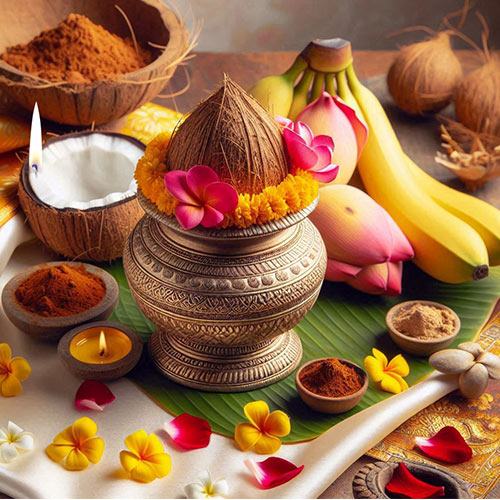

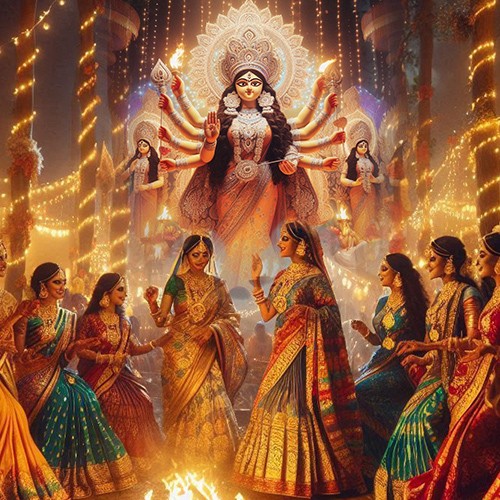
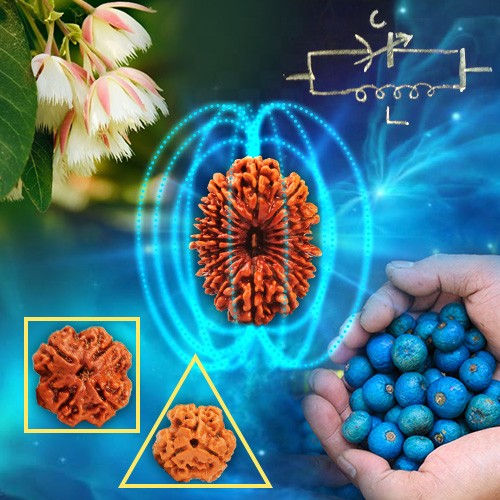

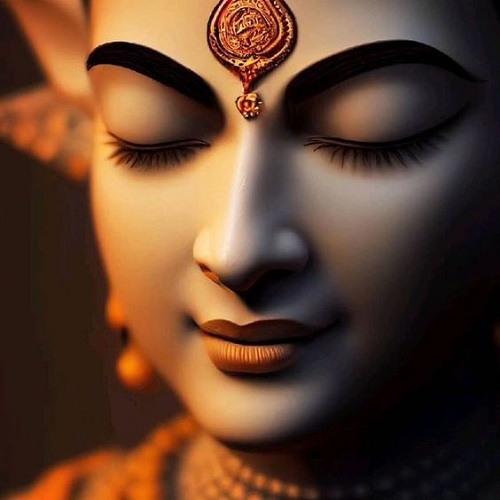
.jpg)
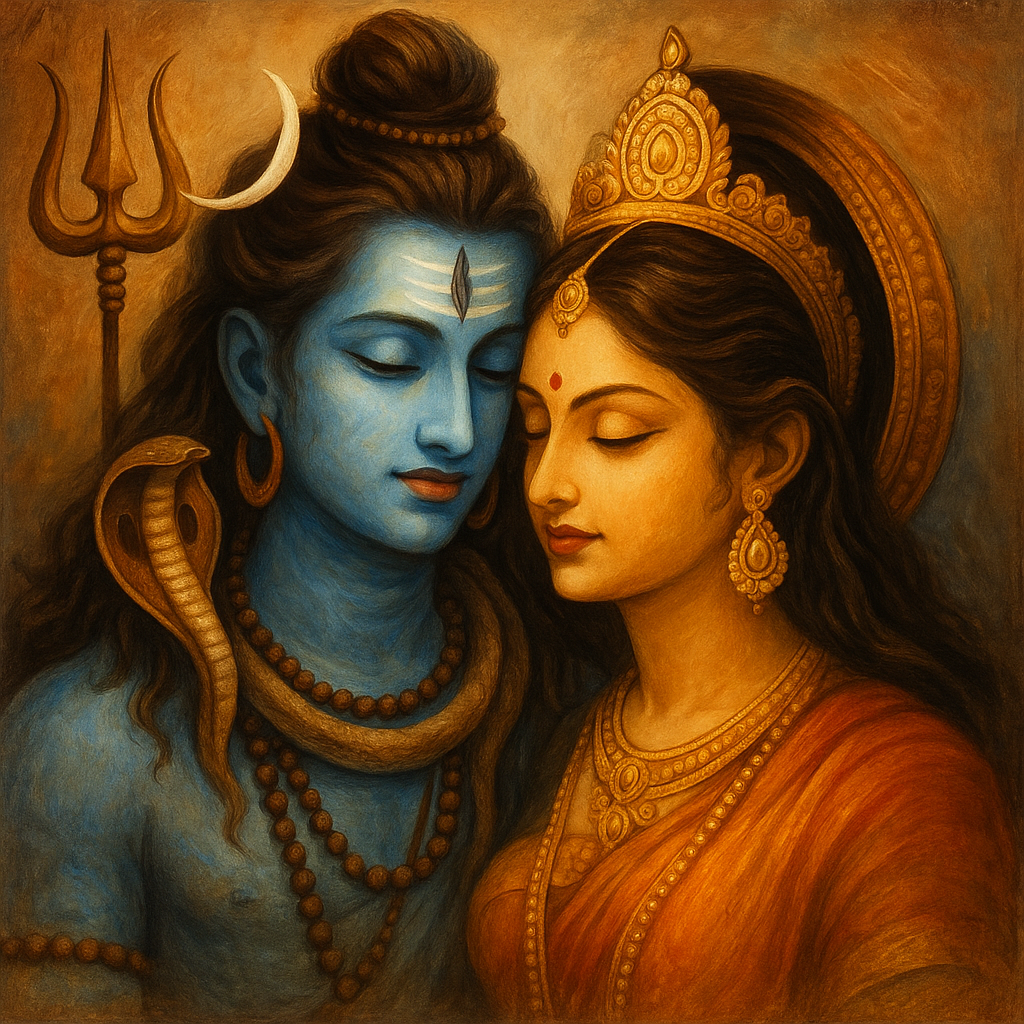
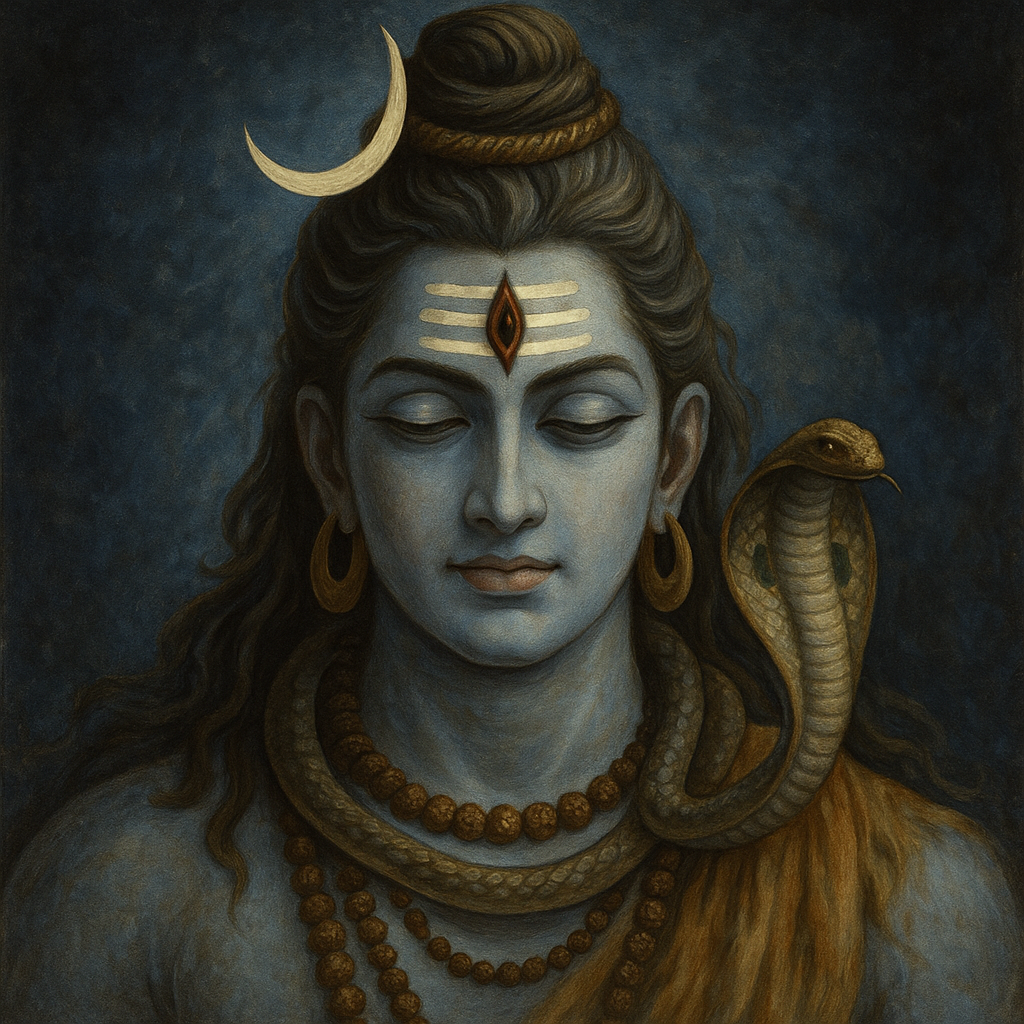
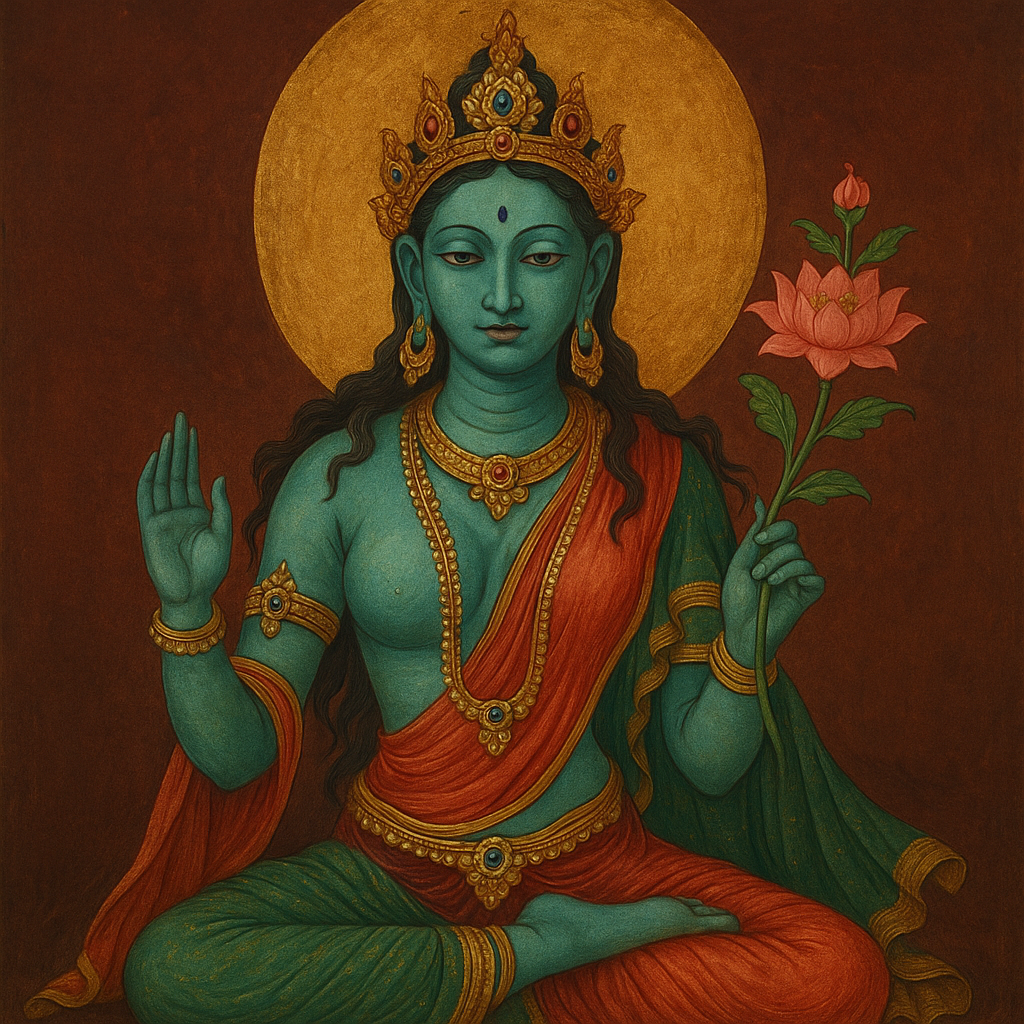
Comments 0
Leave your thought here